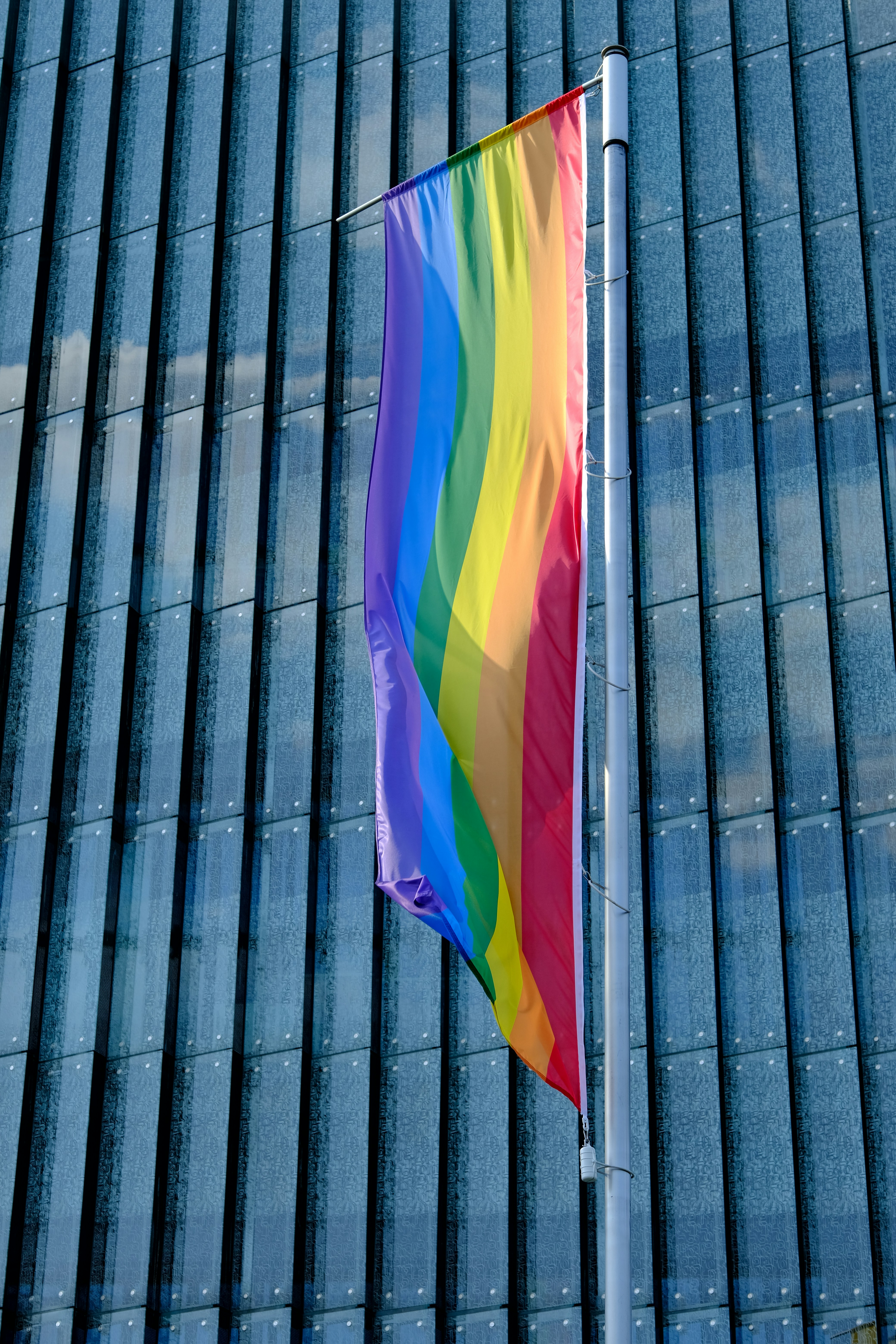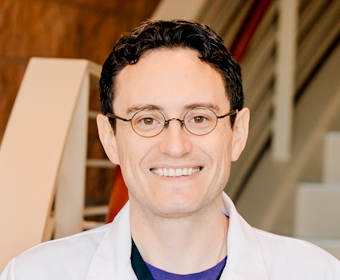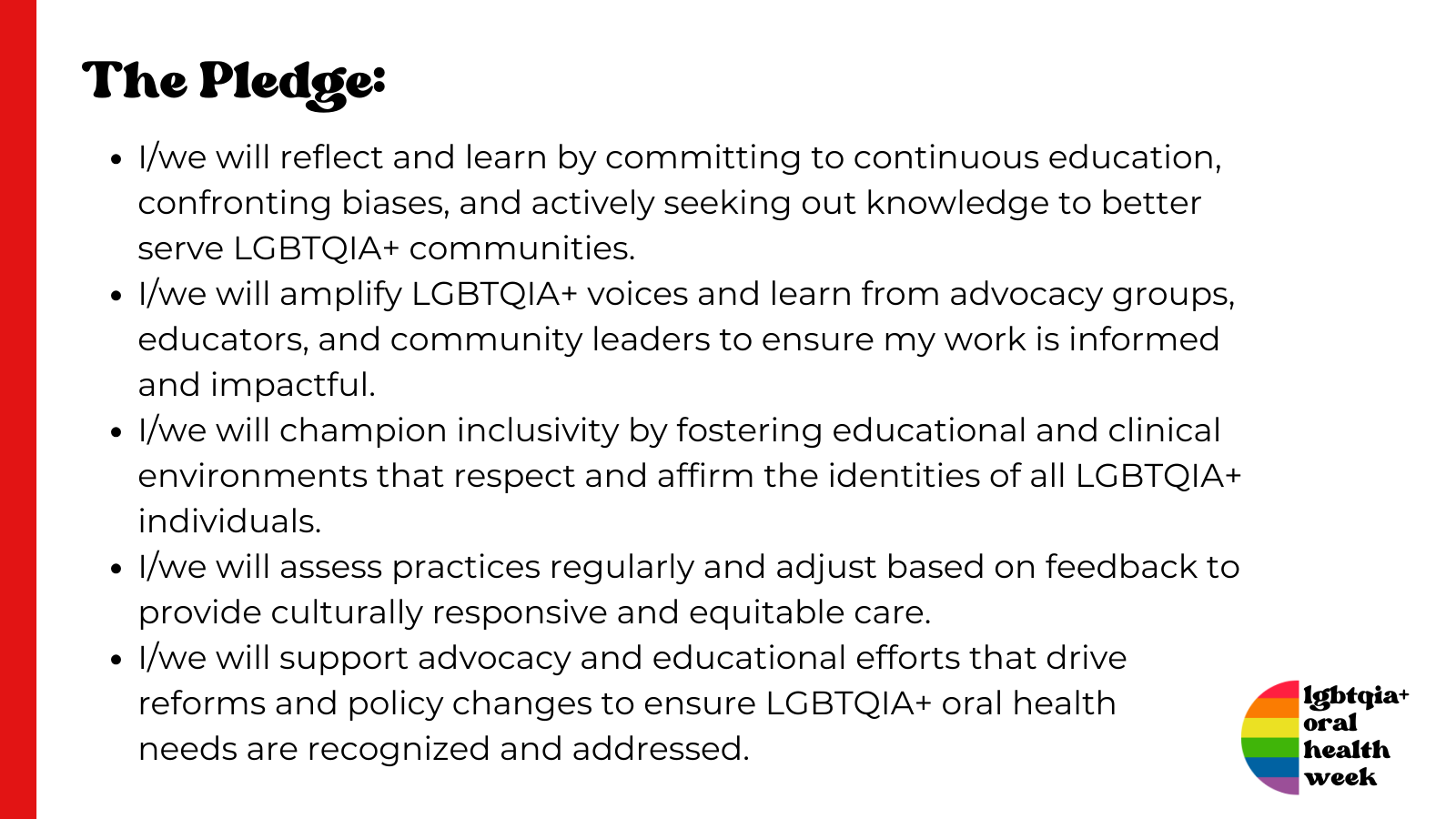This past year, I faced the daunting task of finding a new primary care provider. My physician was moving to a concierge model, and I was furious. If I wanted to stay with her, I would have to pay several thousand more dollars a year on top of my monthly premiums, deductibles, and copays. I wasn’t mad at her—she was burned out by the volume of patients she had to see to make ends meet—but I also refused to pay more money to get the same level of care.
It’s no secret that the healthcare system in America has some problems. Most people will face challenges when it comes to finding a new provider and booking an appointment. I’m fortunate in many ways: I have a good salary, decent health insurance, and reliable transportation. These privileges mean I am not one of nearly half of the adults in the United States who have difficulty affording healthcare costs. I also don’t face the same barriers as those relying on Medicaid or without access to transportation.
Despite this, I hated the idea of starting over. The process of finding a new healthcare provider is something I dreaded, especially as a member of the LGBTQ+ community. I’m part of the 8% (likely an undercount) of people living in the United States who identify as LGBTQ+, or what I’ll refer to as the queer community. And as a member of the queer community, I’m more likely than non-queer people to experience bias, microaggressions, or outright discrimination in healthcare settings.
%
of LGBT adults say they experienced at least one form of discrimination in their daily life at least a few times in the past year
%
of LGBT adults report having a negative healthcare experience in the last three years that caused them to switch health care providers.
I contemplated who I would schedule my yearly exam with. Should I see another provider in the office or go to a new office entirely? In many ways, it seemed easier to forgo the whole ordeal and avoid the risk of facing disapproving looks from the new provider or hearing whispers from the staff at a new location. But if I wanted to be eligible for the discounted premiums for my insurance, I had to have a yearly check-up.
Some might say I could just keep my identity to myself, and the problem is solved. After all, I generally present as a typical cisgender male. But even though my queerness isn’t all of who I am, it’s an important part of who I am. When I meet with my healthcare provider, I want to know that I can share this part of who I am and still be treated with the same respect and dignity that the provider and staff would show any other patient. More importantly, my queerness and my health are intimately connected. I need to be able to share this part of who I am and know that it’s safe.
And it doesn’t take long before my queer identity becomes known. Simply filling out the new patient paperwork brings it all to light. But then the questions start rolling through my mind…
Will they treat me differently when they see my emergency contact is my male spouse? When they ask about my mental health, should I share with them that because of the violence and hatred being directed at my community, including by a current presidential candidate, I fear for my safety? Should I tell them how my mental health was impacted after my husband was at an event where a known LGBTQ+ hate group called in a bomb threat? Will they show me empathy and compassion? What if they have questions about my sexual health? Will they withhold information due to their own bias towards the queer community? Can I even be honest about my health if I can’t be honest about my identity?

But my experience as a patient isn’t the only exposure I have for being a queer person in a healthcare office. As a dentist, I’ve seen this fear from the other side of the chair. I’ve had patients who were hesitant to share their identity, unsure if it was safe.
In dental school, one of my first patients used enough coded language that I was pretty sure he was gay. When I took a chance to tell him about my boyfriend, he stopped using coded language and shared about his life openly. Later, another patient in his early 20s disclosed during the review of his medications that he was taking testosterone. Anytime a patient tells me they are taking a medication, I always confirm why they are taking it, even if the reason is obvious. But in this case, it wasn’t very obvious to me. When I asked why he was taking testosterone, the patient looked at me cautiously and responded, “It’s because I’m transitioning.” I gave him a confused look, and he looked back at me with a “please don’t make me say more” expression. And then it clicked, and I realized my patient was a transgender man.
Lastly, there was a patient who told me he was taking Truvada. I had never heard of this medication as it was new to the market. Regardless, as I always do, I asked him why he was taking it. The patient looked terrified as he told me it was an HIV-prevention medication. While it can be taken by anyone, gay men are the most affected by HIV in the United States, and it was clear why he was nervous. Seeing fear on the face of someone from my community broke my heart. I was living in one of the queerest cities in the country, I am a queer provider (although the patient didn’t know that), and yet my patient still felt unsafe to tell me who he was. He didn’t have to say, “I don’t feel safe.” I knew he felt unsafe because I’ve had that look on my face when talking to my providers about anything that might indicate I’m part of the queer community.
As Vice-Chair of the AIDPH Board of Directors, I couldn’t be prouder (no pun intended) to work with an organization committed to breaking down barriers for the LGBTQIA+ community. Through the AIDPH LGBTQIA+ Oral Health Week, anyone seeking to better support the queer community can find valuable resources to guide them on their journey. If you’re ready to take action, I encourage you to share one of AIDPH’s many resources with someone in your circle. Raising awareness is something my community urgently needs. If you only have 30 seconds, I invite you to sign the LGBTQIA+ Oral Health Pledge and make your commitment to inclusive care.
So, what did I decide to do when it came time to schedule my yearly exam? I chose to stay at the same office and book it with a different provider. I figured that was easier than having to start all over, fill out the new paperwork, get records transferred, and have to navigate my way to a new office. My queerness didn’t come up at the yearly exam visit, but I know it’s only a matter of time. I just hope that when it does, I won’t have to find another provider.
Scott’s story captures the battle many LGBTQIA+ patients face when seeking care—the struggle to be fully honest about their identity and health needs. For patients like Scott, advocacy means not just pushing for quality care but hoping that their provider will listen, understand, and respond with empathy. His experience highlights why it’s crucial for dental professionals to create safe, affirming spaces where patients feel empowered to share their full story without fear of judgment.

Scott Howell, DMD, MPH
AIDPH Board of Directors Vice Chair
About
Scott Howell, DMD, MPH is a board certified public health dentist and full time faculty at A.T. Still University, Arizona School of Dentistry & Oral Health. He has worked with AIDPH for several years in numerous capacities. He participated in the Federal Service Internship, attended numerous colloquia, advocated for veteran oral health to members of Congress, and has served on the AIDPH Board of Directors for over a year, currently in the role of Vice Chair.




